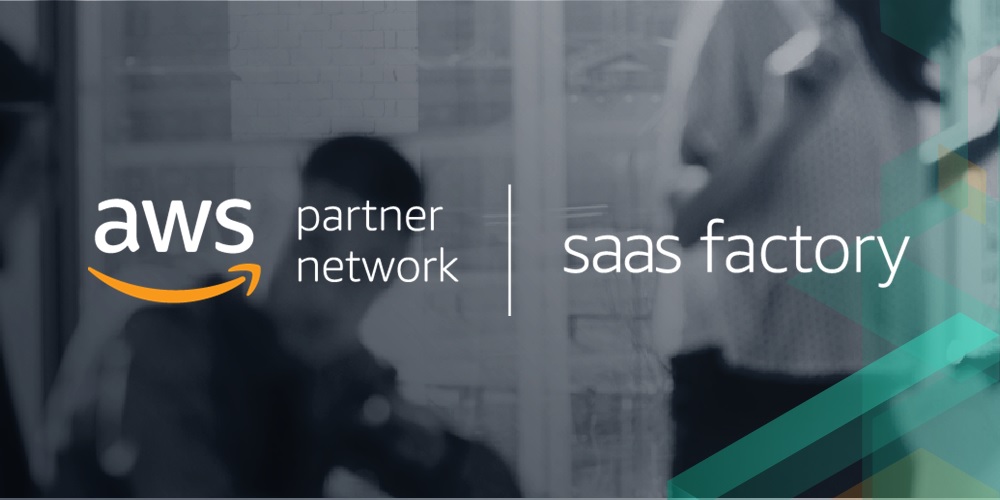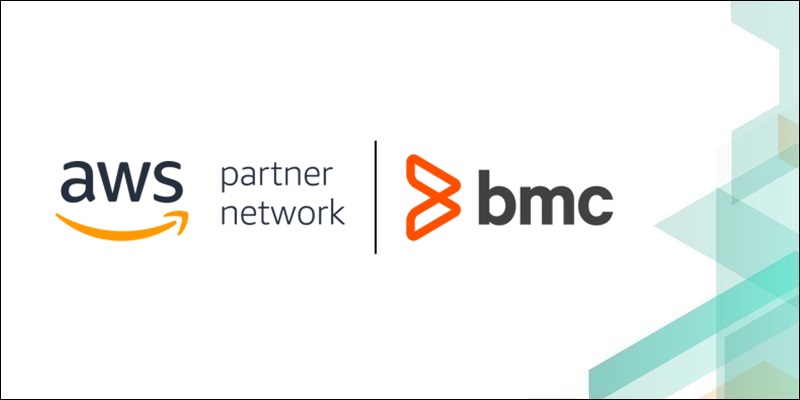AWS Partner Network (APN) Blog
Category: SaaS
Applying Dynamically Generated Isolation Policies in SaaS Environments
As part of adopting a multi-tenant SaaS model, a key challenge is how to provide strong tenant isolation in a cost effective and scalable manner. Being able to effectively isolate your tenants is an important part of a multi-tenant system. Learn how dynamic policy generation gets applied as part of the overall isolation story of your SaaS solution, and follow along with AWS reference implementation to demonstrate how to use dynamically generated policies in code.
Ridgeline Leverages AWS SaaS Factory to Launch Enterprise Platform for Investment Managers
The AWS SaaS Factory team had the chance to work with Ridgeline, a privately funded fintech startup determined to modernize investment management software, and help build their purpose-built enterprise platform on AWS. We speak with Chris Petrunik, Director of Engineering at Ridgeline, to learn how their platform works and what advice they have for other businesses building SaaS solutions on AWS.
New AWS Partner Program Launches and Updates Announced at re:Invent 2020
We hope you enjoyed all of the educational content and big announcements at AWS re:Invent 2020! If you missed anything or just want to recap, we have rounded up the most relevant launches, program updates, and educational content available for AWS Partners. This post showcases the new programs that AWS Partners can take advantage of today, including AWS ISV Accelerate, SaaS Boost, and several new AWS Competency designations.
Cohesity Pioneers Data Management as a Service in Collaboration with AWS
Managing backups, archiving, and disaster recovery traditionally required piecing together multiple software solutions across physical locations and network topologies. Trying to balance these disparate systems can result in expensive solutions, operational inefficiencies, and fragmented data. Learn how Cohesity worked with the AWS SaaS Factory team to released Data Management as a Service (DMaaS) as a solution on AWS that will radically simplify data management.
BMC Launches BMC Helix Control-M on AWS with Support from AWS SaaS Factory
The AWS SaaS Factory team worked with BMC Software to support the launch of their new “application workflow orchestration as a service” platform: BMC Helix Control-M. This solution allows customers to simplify application and data workflow complexity in production through a single end-to-end view with interfaces for developers, IT operations, and business users. Hear from BMC’s Tim Eusterman about the recent launch.
AWS SaaS Factory Insights Hub Provides SaaS Thought Leadership and Guidance
Since the AWS SaaS Factory started in 2017, we have provided organizations building software-as-a-service (SaaS) solutions with guidance through direct engagements, webinars, bootcamps, conferences, and events. Based on what we’ve learned from AWS Partners throughout these engagements, we are excited to announce the launch of AWS SaaS Factory Insights Hub, a central directory that makes resources and best practices available to organizations seeking extensive SaaS knowledge.
Explore the SaaS Journey Framework in New AWS Whitepaper
The SaaS delivery model has become increasingly appealing to a wide range of companies. For many, the move to SaaS represents a significant transformational event that requires companies to examine all the moving parts of their business. Based upon our experience with thousands of AWS Partners across the world, we have created a new SaaS Journey Framework whitepaper that introduces a prescriptive framework to guide you through a SaaS journey on AWS.
Onboarding and Managing Agents in a SaaS Solution – Using AWS IoT Core
You can manage agents in a multi-tenant SaaS environment using AWS IoT Core. Review a solution that offers a modular and secure approach to register and manage agents. It relies on AWS managed services to offload the heavy lifting of implementing and maintaining those mechanisms, and provides scalability, elasticity, and availability. Using AWS IoT Core for agent management provides various capabilities for managing, securing, and analyzing usage and sent data from the registered agents.
Importance of Service Level Agreement for SaaS Providers
One of the fundamental changes in adopting a SaaS model is moving from a product delivery to a service-oriented mindset. SaaS provides a 24×7 digital channel between you and the end customers. This post looks at how service level agreements (SLAs) aren’t just a measure of availability, but a tool that helps measure if the service is meeting the requirements of the customer-independent of the underlying architecture.
Using Amazon SQS in a Multi-Tenant SaaS Solution
Modern applications often rely on queuing for service integrations, batch processing, or as part of workflow orchestration. Queues are key to adding scale and resiliency to your environment. This is especially true in software-as-a-service (SaaS) environments. Explore some of the common scenarios used when building SaaS solutions with Amazon Simple Queue Service (SQS), and learn how data isolation, scalability, and compliance requirements might influence the queuing model you select.





